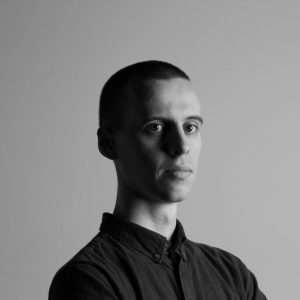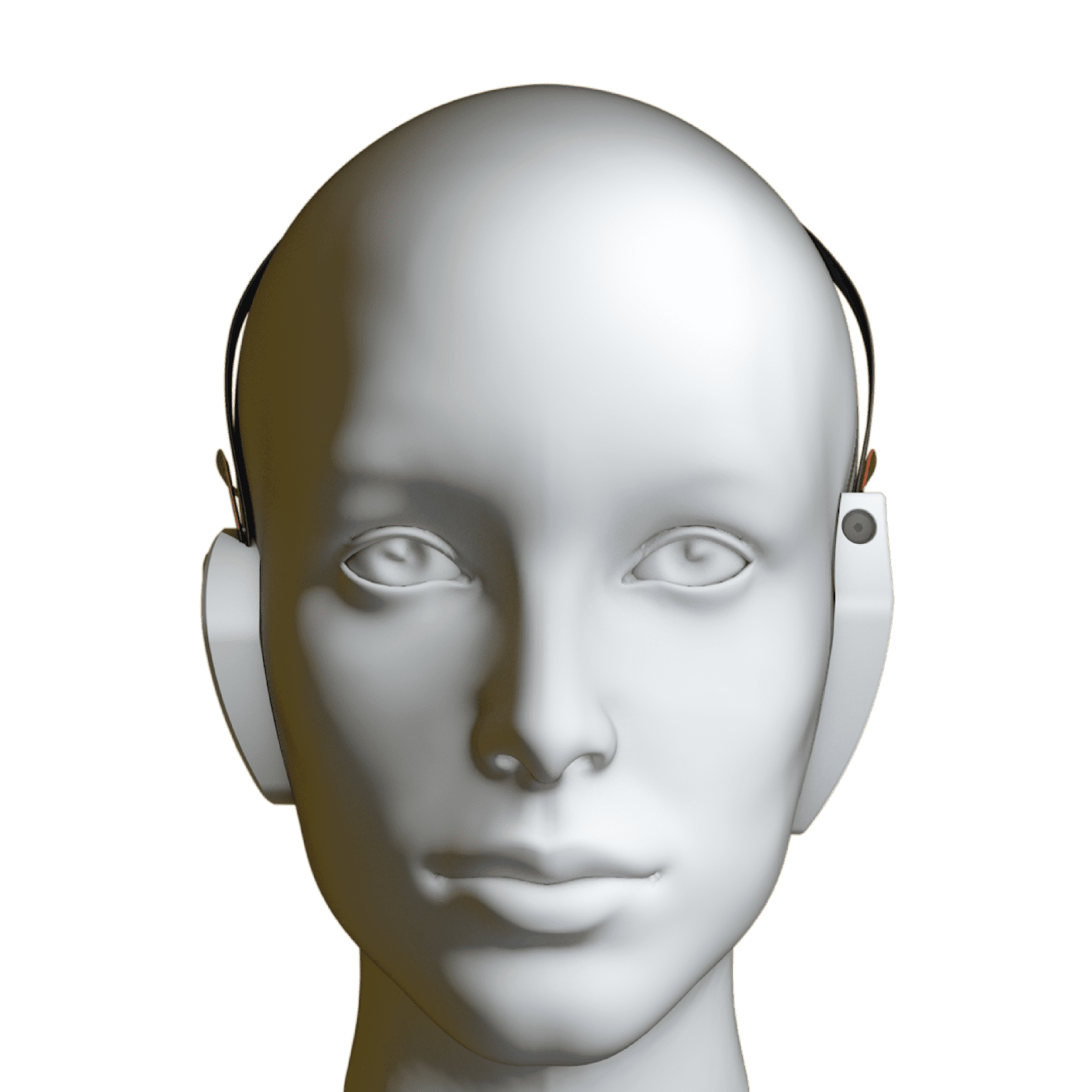
Davide Minighin
Product Designer - Talent in Residence
The role that the human sensory system plays in the daily interaction of individuals with the external world has far more articulated ramifications than expected from a component of human nature that appears to be so linear and straightforward. Starting from the conditions of sensory impairment as a vehicle for the analysis of the field, the multidisciplinary study of the perceptual process highlights how sight plays a dominant role compared to the other senses, and how this dominance fits into a context of dichotomies inherent in the today’s social structure, with negative impacts on the personal, psychological and social context of a part of humanity. The technical-scientific developments of the last decades, and in particular the innovations aimed at the enhancement of the human being through technology, have proved not only to be an instrument of emancipation from these hierarchical dictates, but also a space of opportunity for a reconsideration of design and research constraints, constraints generated by a bounded consideration of the sensory spectrum. The objective of the thesis in question consists in the development of an intervention in the field of visual impairments capable of suggesting an alternative to these principles through the intersection between human and technological elements in the restructuring of the perceptual approach and the analysis of the potential of the discipline of design in the exploration of alternative intervention methods. This goal will be achieved through the development of a support device for individuals with visual impairments. This device will allow the creation of a sensorial space alternative to the vision-centric standard, through the synesthetic interaction between an artificial vision system and natural systems of visual and haptic perception. In the course of the research path, the design process will be positioned in a role complementary to its usual connotation, which sees it as a tool for developing solutions and products dedicated to the specific area of intervention. It will also play a role as a creative force for new exploratory spaces where the design itself can have a functional, social and political value; spaces created in the intersection of science, speculation and interaction between the natural components and the artificial ones of organisms.





